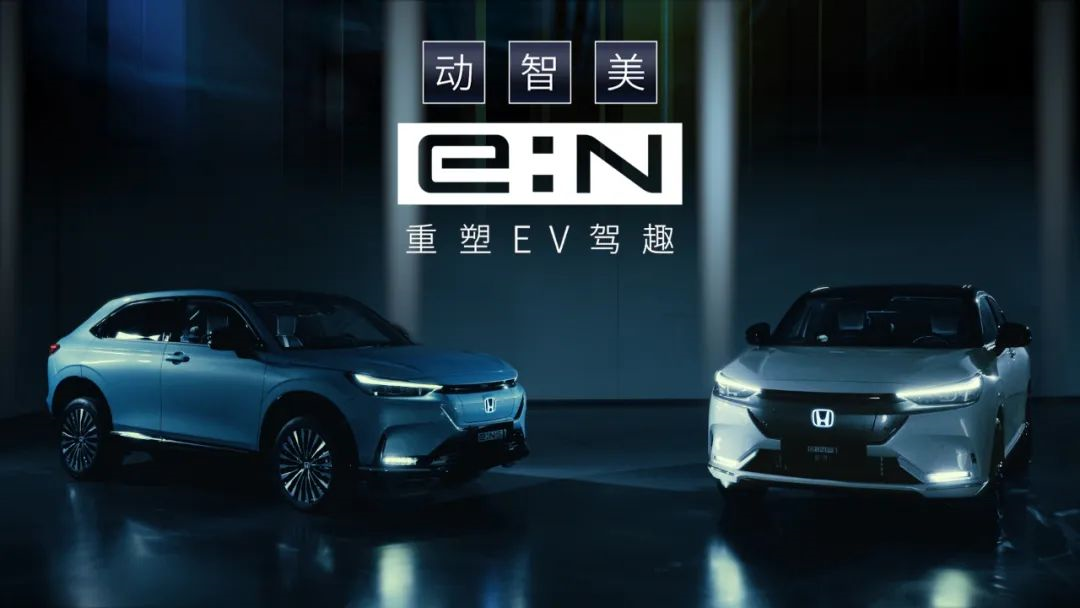Author | Wang Yunpeng
In 2015, Honda, the second largest car manufacturer in Japan, launched a Christmas advertisement in the UK, featuring a lineup of vehicles ranging from ASIMO robots, CBR motorcycles, sedans, SUVs, sports cars, F1 race cars, Honda Jet aircraft, Honda Mean Mower lawn mower, Honda Riding Assist-e balancing system, to Honda Transcooter electric scooter.
With the tagline “Dare to do the things others only dream of,” even ordinary consumers were likely to be stirred up by Honda’s emotional appeal, and Chinese consumers were the best practitioners of converting this emotion into car orders.
In 2017, Honda sold 1.44 million new cars in China, setting a new historical record at the time. Subsequently, Honda’s sales in China continued to climb, reaching 1.55 million vehicles in 2019, 1.63 million vehicles in 2020, and 1.5615 million vehicles in 2021.
It is worth mentioning that while constantly turning in impressive results, Honda China has also gradually accelerated its pace in the new field of electrification. During the 2021 Shanghai Auto Show, Honda China joined forces with its two joint venture companies in China, Guangzhou Honda Automobile Co., Ltd. (hereinafter referred to as “Guangben”) and Dongfeng Honda Automobile Co., Ltd. (hereinafter referred to as “Dongben”), to showcase its entire lineup of electrified vehicles and latest technological achievements in the field of intelligentization. In October of the same year, Honda China once again teamed up with Guangben and Dongben to hold a press conference and launch the e:N pure electric brand.
Fast forward to this year, Honda China’s electrification efforts have once again accelerated. On the evening of April 25th, Honda China launched two new models, the e:NS1 and e:NP1, and provided them for localized production by Dongben and Guangben, respectively. The official launch of the two pure electric models also means that Honda China has officially started to rapidly advance its own electrification product strategy.
“The e:NS1 and e:NP1 are the first models we are launching with absolute confidence. They are EVs that give consumers sharpness and extreme fun, and e:N is sure to redefine the joy of driving an EV.” said Katsuhide Inoue, Executive Director and China Chief Officer of Honda Motor Co., Ltd., at the “Honda e:N Brand Night”.
Accelerate, Accelerate, and Accelerate Again.”Previously, Honda was considered to be rather indifferent towards electric cars, a consensus among consumers and the industry.
However, in my opinion, this view is not accurate.
Looking back at Honda’s history of car manufacturing, 1993 was one of its many milestone moments. That year, Honda unveiled its first electric car, the EV-X, at the Tokyo Motor Show.
In 1997, the EV Plus completed its trial installation at the Takanezawa factory, officially launching the layout planning for electric vehicle models. In 1999, Honda began exploring hybrid power. It is worth mentioning that the layout in the 1990s played a promoting role in Honda’s subsequent exploration of electrification development in the Chinese automotive market.
“Since its inception, Honda has been committed to pursuing outstanding environmental performance and ultimate driving pleasure. It has started to engage in the research and accumulation of automobile electrification technology very early on, kept up with the times, and continuously promoted the upgrading of electrification technology. We hope to always uphold Honda’s unique genes, and relying on the rich technology and experience accumulated over the years in the field of new energy, we develop and provide pure electric vehicles that are full of driving pleasure,” said Katsushi Inoue.
From Inoue’s statements, it is not difficult to see that since 1993, Honda has never stopped exploring the path of electrification. The confusion for Honda has always been whether or not it should turn to “full electrification,” and when it should do so. It is this confusion that has led outsiders to believe that Honda is not committed to electrification.
In 2017, Honda started to no longer be puzzled. On December 12 of that year, Honda officially announced its electrification strategy in China. After that, Honda’s electrification progress in China can be described as “speeding up, accelerating again, and accelerating further.”
So, how fast is Honda’s electrification progress in China? It can be calculated that from the launch of the plan to the formal launch of the two new models, the e:NS1 and e:NP1, it took only one year.
In April 2021, Honda officially set its long-term plan for electrification. According to the plan, Honda will achieve full electrification coverage of all its models by 2040, with electric vehicles and fuel cell vehicles (FCVs) accounting for 100% of its global sales, thereby promoting the brand’s carbon-neutral goal to be achieved by 2050.”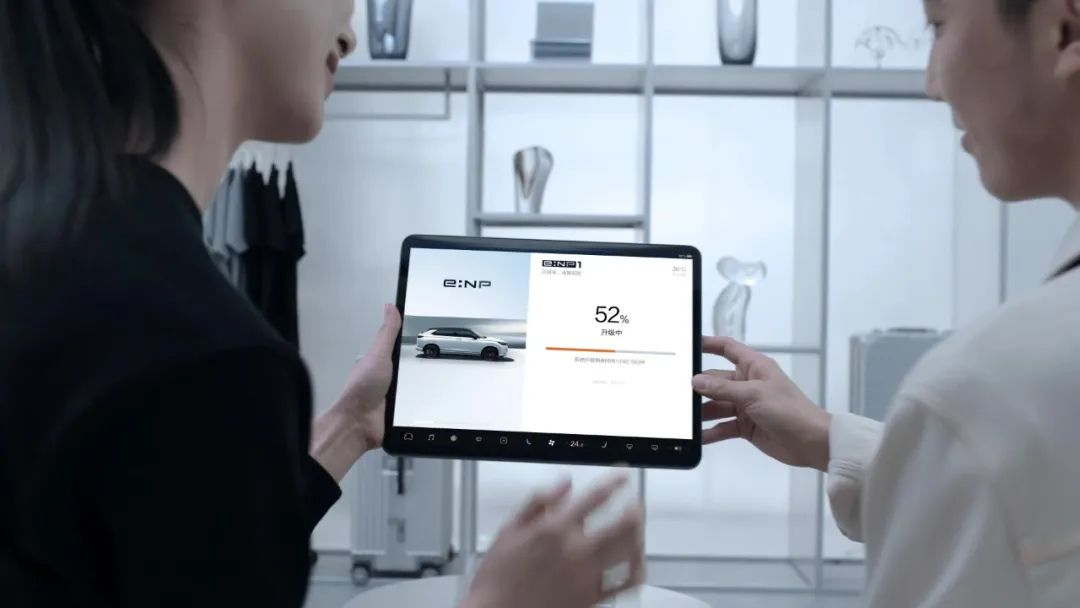
Generally speaking, the implementation of long-term planning relies on a solid product strategy, but Honda is not confined to past experiences. Half a year after announcing its long-term plan, in October 2021, Honda launched the e:N pure electric brand in partnership with two joint venture companies in China.
At the unveiling ceremony, in addition to setting its own new energy targets (achieving 40% by 2030 and 80% by 2035), Honda also announced the introduction of 10 electrified products into the Chinese market by 2027.
It is worth mentioning that half a year later, Honda China officially released two pure electric vehicles, the e:NS1 and e:NP1.
Now that Honda China has the products, how will it achieve “continuous acceleration” in sales?
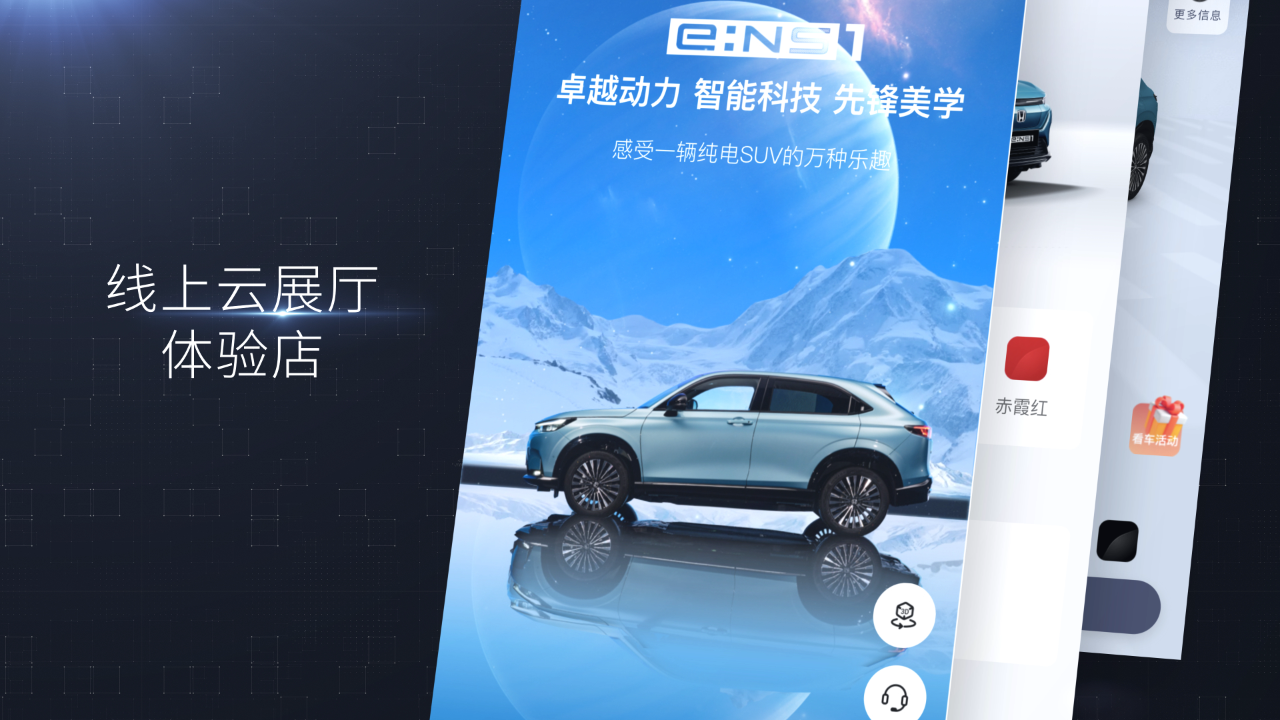
“In the manufacturing field, Honda has always targeted to make ‘120% high-quality products’ and strictly control product quality. In the EV era, Honda will further strengthen quality control based on mature car-making technology and experience, especially adopting unique and strict quality inspection standards for core components such as batteries and motors. With a more rigorous attitude, customers can feel the lean quality of e:N.” said Nobufumi Ino, President of Honda China.
At the same time, according to Honda China, it will accelerate the upgrade and development of a new sales model and simultaneously introduce online cloud showrooms, while offline physical stores will also undergo comprehensive upgrades. Specifically, Guangqi Honda will first launch electrified sales service stores and supermarkets in Beijing, Shanghai, and Guangzhou, while Dongfeng Honda will set up an “e:N brand zone” in existing authorized stores. In terms of after-sales service, Honda will provide services through more than 1,200 authorized stores nationwide.
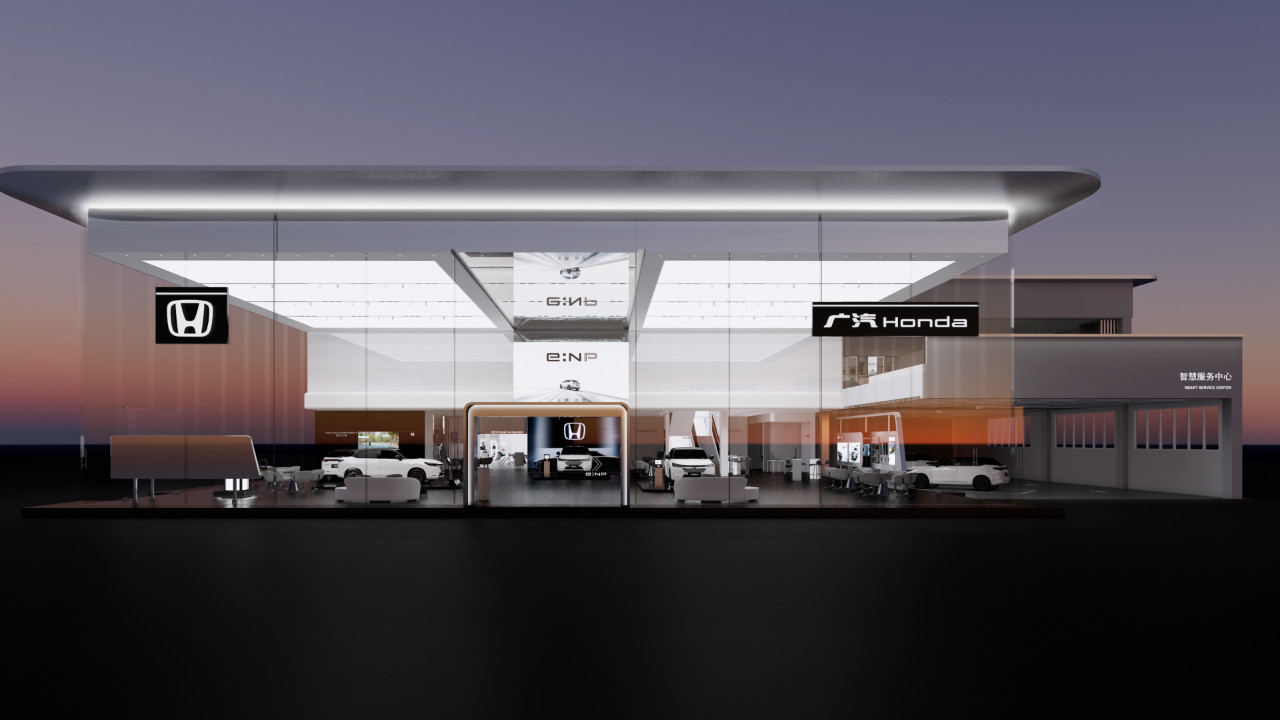
In addition, as the pace of new energy investment accelerates, Honda plans to increase its R&D investment by $63 billion to accelerate product development and make new breakthroughs in various areas such as batteries, fuel cells, and electric product services.
It can be said that from strategy to product, from manufacturing to channels, Honda China is continuously pressing the “fast forward button” for electrification.
More Rational “Electric Touch”William Ford Gibson, an American science fiction writer, said, “The future is already here—it’s just not evenly distributed.” However, as for the current state of the new energy vehicle market, “the future is already here, and it’s becoming popular.”
Currently, the trend towards electrification is sweeping over the automotive industry, with top traditional brands like BBA, Volkswagen, and Toyota all simultaneously launching new models and showcasing new technologies in order to embrace change.
However, compared to the “radical” approach taken by other traditional car manufacturers in the electrification field, Honda’s approach seems more rational. Specifically, in the process of promoting its electrification strategy, Honda has always adhered to the philosophy of “respecting people” and creating its ideal car.
Using the description of Katsufumi Inoue, in the era of EV, Honda’s original intention remains unchanged, and it still insists on putting technology based on people and not relying solely on parameter stacking, aiming to continually present unique values and one-of-a-kind driving pleasure that exceed customer expectations.
Taking the e:NS1 and e:NP1 as examples, despite both being pure electric vehicles, they have not abandoned Honda’s driving genes. For instance, in terms of dynamics, the two new vehicles employ a brand-new intelligent and efficient front-wheel-drive electric architecture “e:N Architecture F.” The most significant feature of this architecture is that it was developed for electrification, with incredibly high integration. High-efficiency, high-power drive motors, large-capacity, high-density batteries, and body layouts based on a pure electric architecture not only minimize the space occupation of the entire electric driving system but also make the front-to-rear weight distribution of the entire vehicle more balanced.
In other words, e:NS1 and e:NP1, born on the intelligent and efficient front-wheel-drive electric architecture “e:N Architecture F,” have a naturally balanced weight distribution and lower center of gravity. Coupled with outstanding performance, it makes it easier for consumers to experience a “ground-skimming” driving feel.
At the same time, in order to better fit into the daily use scenarios of Chinese consumers, e:NS1 and e:NP1 integrate more than 20,000 control scene algorithms in their electronic control program, which can perfectly solve the dizziness problem that is easy to occur with currently available electric vehicle models. In terms of driving performance, the two new vehicles not only achieve the integration of man and car, but also enhance the Honda EV Sound acceleration roar, providing drivers with a more exciting acceleration experience.It is worth mentioning that, in addition to Honda’s 70 years of car-making genes and brand beliefs, e:NS1 and e:NP1 also incorporate China’s advanced electric and intelligent technologies. In terms of power, the two models offer two front-wheel drive motors with maximum power of 134 kW and 150 kW, respectively, and a maximum range of over 500 kilometers.
Compared with dynamic driving, e:NS1 and e:NP1 also demonstrate “rationality” in terms of intelligence. Specifically, the two models have a simple and clear cabin functional area, but are very rich and intelligent in terms of functionality. It is reported that both models are equipped with Honda’s latest “e:N OS” full-stack intelligent control ecosystem, which integrates Honda CONNECT, Honda SENSING, and the latest digital cockpit technology. With a high-performance and highly intelligent new electrical architecture, the two models’ performance in intelligent interaction and intelligent safety is quite outstanding.
In addition, the overall space layout of e:NS1 and e:NP1 also continues Honda’s MM concept, and through the use of wheel rims and unique NVH noise reduction technology, effectively suppresses high, medium and low frequency noise from the noise source, creating a more quiet, comfortable and safe intelligent driving space for consumers.
Honda’s electrification story did not begin in China, but with continuous innovation in electrification and intelligent technology, and leading the global trend in the Chinese automotive market, its goal is very clear: to complete the transition to the EV era at the fastest speed and in the most reasonable way.
In my opinion, Honda’s accelerated electrification is not only to cultivate new advantages and add new energy to e:NS1 and e:NP1, but also to affirm its prospects for China’s new energy vehicle market. Next, as the e:N brand welcomes new products every year, Honda’s goal of launching 30 pure electric vehicles in the global market by 2030 and achieving carbon neutrality by 2050 will be closer and closer.
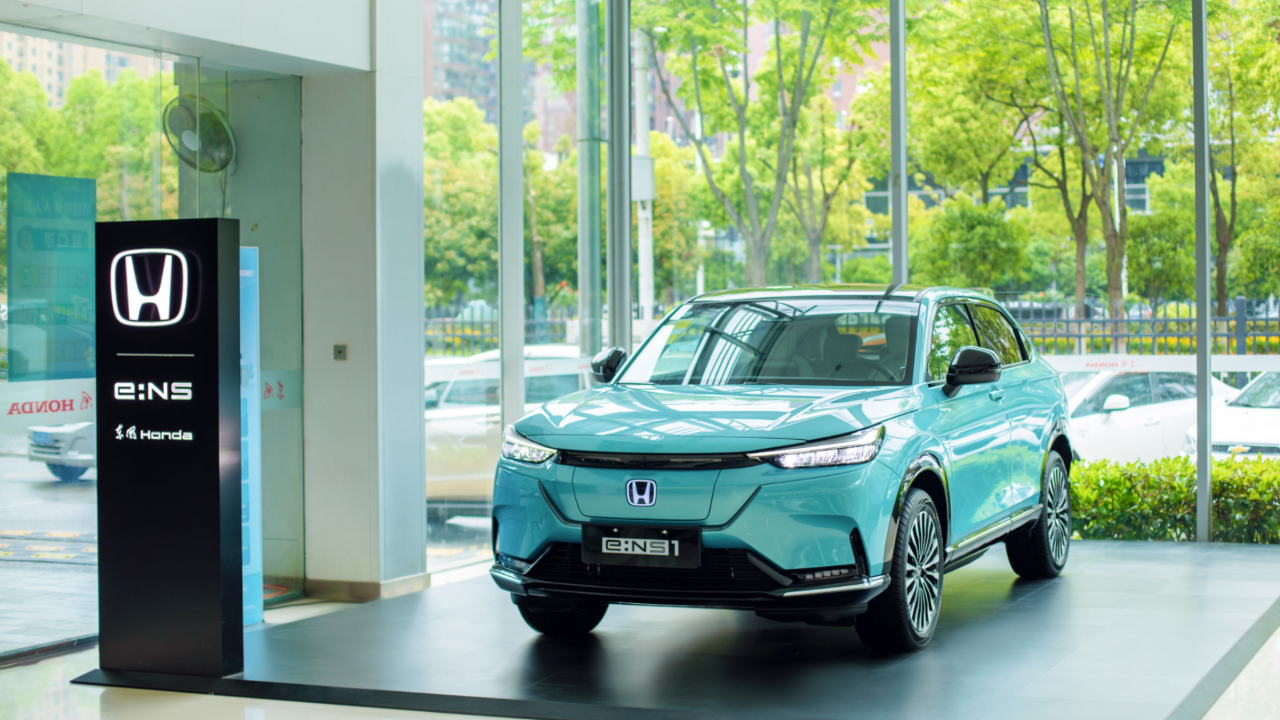
This article is a translation by ChatGPT of a Chinese report from 42HOW. If you have any questions about it, please email bd@42how.com.
